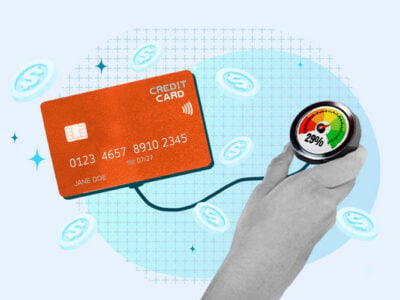Each of the three main credit bureaus (Experian, Equifax, and TransUnion) maintains credit files for approximately 220 million consumers across the US. 1 2 If you have a credit report with one bureau, you probably have a credit report with all three.
You might assume that once one credit bureau removes an item from your credit report, the others will follow suit. However, that’s not always the case. In many cases, you’ll need to communicate with each bureau to ensure that all three of your credit reports are up to date.
Table of Contents
Why one bureau might delete an item but the others won’t
The three main credit bureaus—Experian, Equifax, and TransUnion—each provide their own credit reports. Even though these companies are all in the credit reporting industry, they’re separate entities, each with their own policies.
It’s natural to assume that the credit bureaus share consumer information with each other, but this isn’t usually the case. When one credit bureau updates a consumer’s records, the other two won’t know about it.
While this may be perplexing, it isn’t illegal or a violation of the Fair Credit Reporting Act (FCRA), the main law that governs the credit bureaus. 3
This means that if you discover an inaccurate item (such as a debt that you don’t really owe) on one of your reports and you remove it by filing a credit dispute, you have to send a separate dispute letter to every bureau that’s reporting it. We’ll explain this in more depth below.
Creditors don’t always report to all three bureaus
Credit reporting is voluntary. Lenders can choose to report to all three credit reporting agencies, just one or two, or even none at all, which means the information in your credit reports can differ from one bureau to the next. This means that even if you had to request that an error be removed from one of your credit reports, it might not be present at all in your other two credit files.
How to ensure an item is removed from all your credit reports
The only way to ensure an item is removed from all of your credit reports is to dispute it with each credit bureau individually.
To dispute an item on your credit reports, send a dispute letter directly to the credit bureaus reporting the error. Specify the error that you want them to remove, and be sure to check your credit reports regularly afterwards for updates.

Credit Dispute Letter to a Credit Bureau
Use this credit dispute letter template to file a dispute directly with one of the credit bureaus. Mistakes in your personal information (e.g., an incorrect address), as well as credit accounts that you don't recognize, should usually be disputed with the bureaus. Often they're the result of the bureau confusing you for someone else.
Don’t forget to follow up
If you’ve disputed credit information with the credit bureaus, make sure to check that your records have actually been updated. You can do so by requesting free copies of all three credit reports at AnnualCreditReport.com.
Be prepared for it to take up 30–45 days for your records to be corrected. 4
A removed item can reappear on your credit report
It’s possible for a removed item to reappear on your credit report under certain circumstances, such as when your lender verifies a debt more than 30 days after you disputed it or when a debt collection agency re-ages a debt (i.e., reports an old debt as new). However, the credit bureaus must notify you within 5 days of reinserting an item that was previously deleted from your credit report. 3
Regularly monitoring your credit is important for protecting your credit and identity and ensuring that you aren’t taken off guard by inaccurate marks that could damage your credit score. It’s also an important step in maintaining good financial health.
When are all three bureaus required to remove a credit item?
If there are inaccuracies on your credit report, all three bureaus are required to remove them. As you now know, they won’t work together to do that—you’ll have to contact each bureau separately.
However, there is one case where all three credit bureaus should delete an item from your credit reports automatically at around the same time—namely, 7–10 years after it appeared.
The Fair Credit Reporting Act sets a limit to how long certain types of information can stay on your credit reports. Most negative information can stay on your reports for 7 years, while positive information can remain for 10 years. 3
Each bureau should automatically update your credit reports after this time has passed, meaning that an account will be removed from your credit report automatically once it’s reached the credit reporting limit.
Takeaway: You need to dispute an item with all three credit bureaus to make sure it’s removed from all your credit reports.
- Credit bureaus operate independently of one another, and they aren’t obligated to remove an item just because another bureau did.
- Just because there’s a mistake in one of your credit reports doesn’t mean it’ll be present in the other two.
- Your credit reports may contain different information with each credit bureau because creditors sometimes report to just one or two bureaus.
- If you notice an error in your credit report, be sure to send a dispute letter to each credit bureau reporting the error.
- Checking your credit reports regularly for errors is important for protecting your credit and finances.







